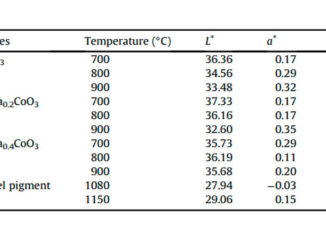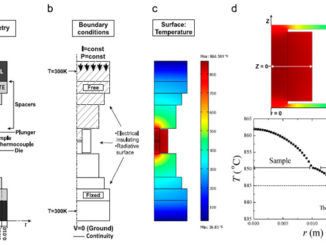
Writers: M.C.F. Alves; R.M.M. Marinho; G.P. Casali; M. Siu-Li; S. Députier; M. Guilloux-Viry; A.G. Souza; E. Longo; I.T. Weber; I.M.G. Santos
Keywords: Perovskite; Stannates; Chemical solution deposition; Polymeric precursor method; Epitaxial growth; Photoluminescence
Abstract: CaSnO3 and SrSnO3 alkaline earth stannate thin films were prepared by chemical solution deposition using the polymeric precursor method on various single crystal substrates (R- and C-sapphire and 100-SrTiO3) at different temperatures. The films were characterized by X-ray diffraction (θ–2θ, ω- and φ-scans), field emission scanning electron microscopy, atomic force microscopy, micro-Raman spectroscopy and photoluminescence. Epitaxial SrSnO3 and CaSnO3 thin films were obtained on SrTiO3 with a high crystalline quality. The long-range symmetry promoted a short-range disorder which led to photoluminescence in the epitaxial films. In contrast, the films deposited on sapphire exhibited a random polycrystalline growth with no meaningful emission regardless of the substrate orientation. The network modifier (Ca or Sr) and the substrate (sapphire or SrTiO3) influenced the crystallization process and/or the microstructure. Higher is the tilts of the SnO6 octahedra, as in CaSnO3, higher is the crystallization temperature, which changed also the nucleation/grain growth process.




